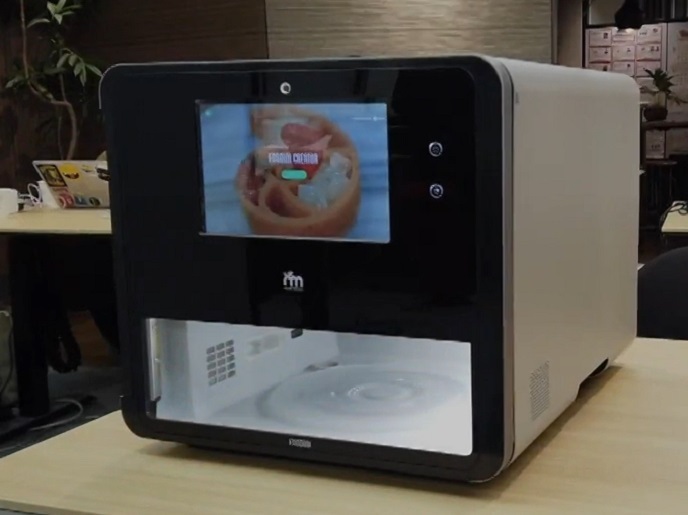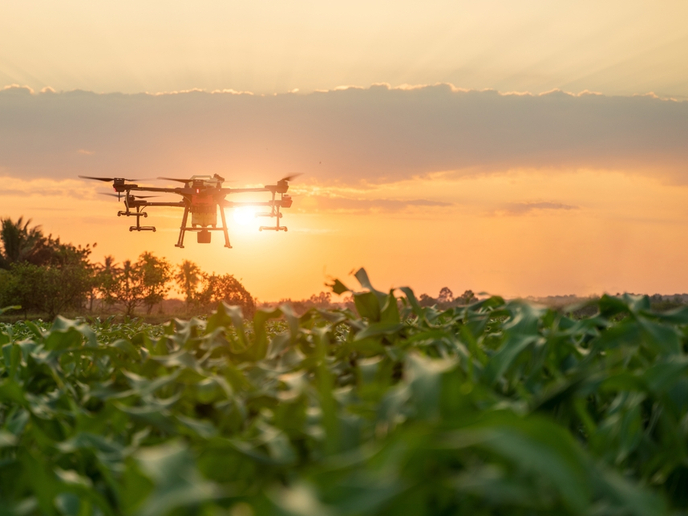Laser focus on nutrition and efficiency
The global smart kitchen market is expected to exceed USD 7 billion in 2020, and there is an increasing demand for easy and fast processing devices suited for personalised preparation of healthier meals while reducing food waste. Common kitchen appliances such as microwave ovens and regular ovens can only heat, while the capabilities of blenders and other food processors are limited to combining ingredients. The EU-funded FOODINIPRO project set out to answer the demand for advancing current smart kitchen technology. The project worked to develop FoodIniPro, the first connected 3D printer that can use fresh ingredients for printing and cooking savoury and sweet foods. “FoodIniPro is a new product addressed to a business-to-consumer market, with its ambition to become the standard 3D food printer appliance for every home kitchen,” says project coordinator Emilio Sepulveda. “We are helping reduce food waste, both at the production level and at the consumption level as we have been working with food producers to reduce the food waste coming from fishing activities, farmers, and other producers, alongside chefs and restaurants.”
Better nutrition and energy efficiency
The researchers developed their system to reduce energy consumption, as laser cooking is very efficient compared to all the other technologies, but also lessen the use of water or oil needed for the cooking process. The team promoted healthy eating as the FoodIniPro technology can control exact portions, using fresh ingredients enriched with essential nutrients the body requires. The laser cooking process has the benefit of keeping all the moisture and most of the nutrients in the food, and it avoids the creation of benzopyrenes and acrylamides, carcinogenic substances created in conventional cooking. Before starting the project, the team spent 3 years of basic research with the Autonomous University of Barcelona to make sure the technology would work, so the project itself has been very focused on going a step further. It has been a long process, with many parts involved that had to be coordinated, which required some good planning and execution. “Since the company started, we have been working closely with industrial partners to make sure that our innovations are manufactured at the right cost, get the certifications, and are robust and reliable,” remarks Sepulveda. “We have taken care of all the software developments related to the device and have been testing every step, involving customers in the process through a design-thinking approach.”
Replacing the microwave oven
The researchers found that consumers value the difference between FoodIniPro and current technologies as they are willing to substitute a microwave oven in their kitchens with the FoodIniPro device. The team demonstrated that consumers prefer dishes cooked with this device compared with existing ones, as they find the food tastier and more aesthetically pleasing. “Finally, we found customers always want faster cooking, even compared with existing technologies, which made us adjust some processes and components,” Sepulveda adds. FOODINIPRO plans to set up the production line and launch the product to the market. The researchers plan to make some adjustments to the product in a second iteration of the device before going into mass production.
Keywords
FOODINIPRO, food waste, smart kitchen, laser cooking, energy efficiency, 3D printer, food printer







